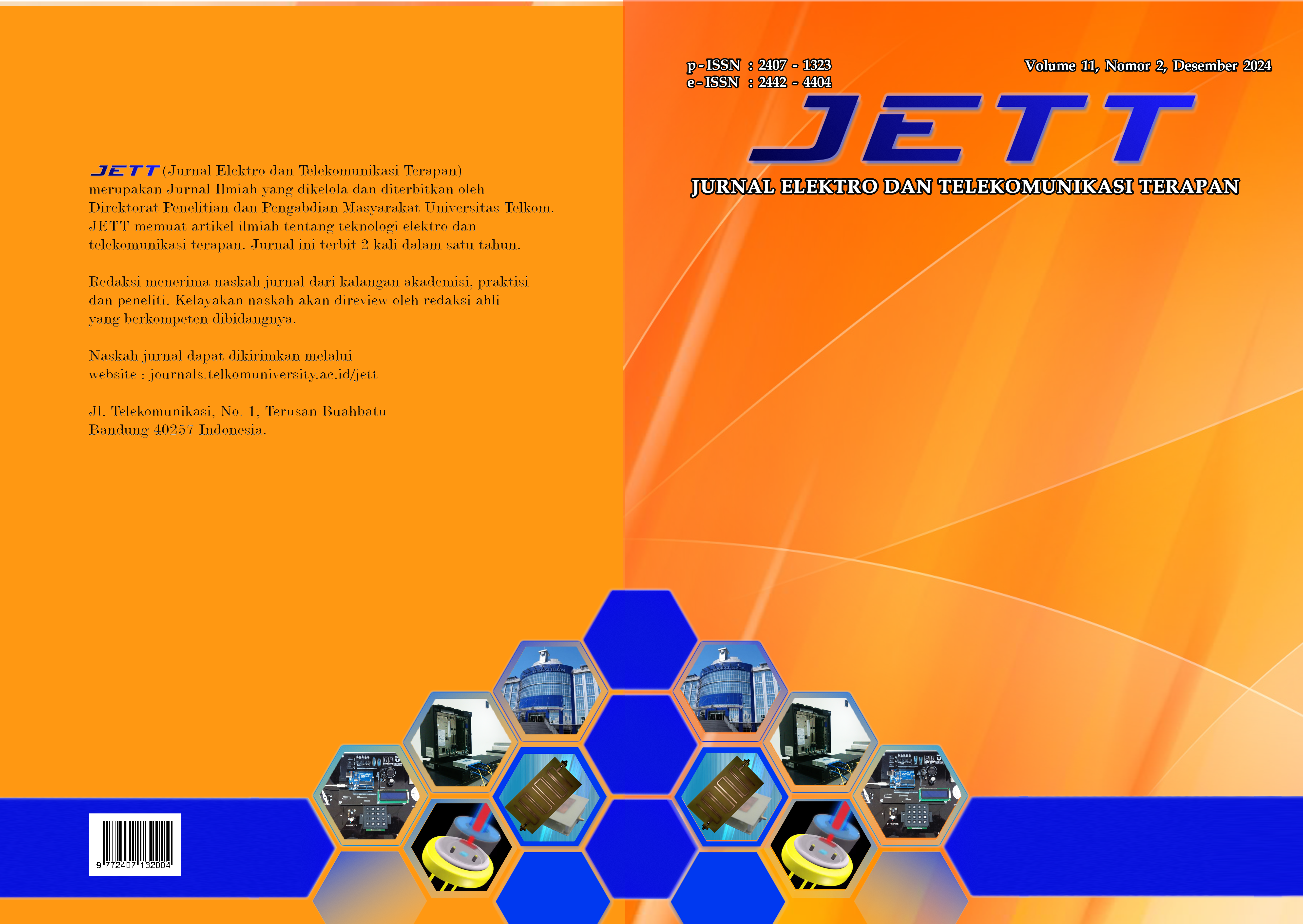| Issue | Vol. 4 No. 1 |
| Release | 25 July 2017 |
| Section | Articles |
subject
Abstract
Almost every vehicle will need maintenance such as oil change, tire change, water radiator, brake,
engine parts and much more. However, sometimes vehicle owners are less concerned with the
condition of the vehicle and
often ignore the treatment. This can be bad, it can even lead to an
accident. Therefore, the monitoring system is designed to monitor the level of radiator water in
vehicle tanks. The ultrasonic sensor will measure the water level of the radiator in the r
eservoir
tank. If the water level of the radiator in the tank is low then the pump will automatically recharge
the radiator water and the buzzer will sound faster. The data from the ultrasonic sensor will be sent
to the microcontroller with fuzzy logic. Ve
hicle owners can access information in the form of water
level radiator in the tank via wifi module and wifi router. So the problem of damage to the vehicle
can be overcome quickly, easily, and efficiently.
format_quoteCitationfile_copyCopy
[1]
Hervita, D. et al. 2017. SISTEM MONITORING LEVEL AIR RADIATOR KENDARAAN DENGAN METODE FUZZY. Jurnal Elektro dan Telekomunikasi Terapan (e-Journal). 4, 1 (Oct. 2017), 485. DOI:https://doi.org/10.25124/jett.v4i1.995.
license
License
Copyright Notice
An author who publishes in the Jurnal Elektro dan Telekomunikasi Terapan agrees to the following terms:
- Author retains the copyright and grants the journal the right of first publication of the work simultaneously licensed under the Creative Commons Attribution-NonCommercial 4.0 International License that allows others to share the work with an acknowledgement of the work's authorship and initial publication in this journal
- Author is able to enter into separate, additional contractual arrangements for the non-exclusive distribution of the journal's published version of the work (e.g., post it to an institutional repository or publish it in a book) with the acknowledgement of its initial publication in this journal.
- Author is permitted and encouraged to post his/her work online (e.g., in institutional repositories or on their website) prior to and during the submission process, as it can lead to productive exchanges, as well as earlier and greater citation of the published work (See The Effect of Open Access).
Read more about the Creative Commons Attribution-NonCommercial 4.0 International License. here: http://creativecommons.org/licenses/by-nc/4.0/.
Privacy Statement
The names and email addresses entered in this journal site will be used exclusively for the stated purposes of this journal and will not be made available for any other purpose or to any other party.
Downloads
Download data is not yet available.


